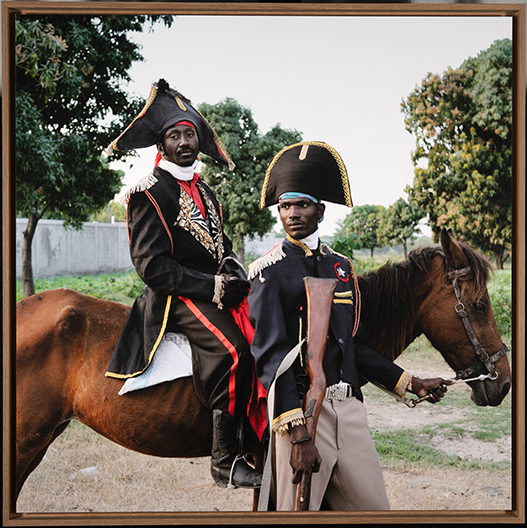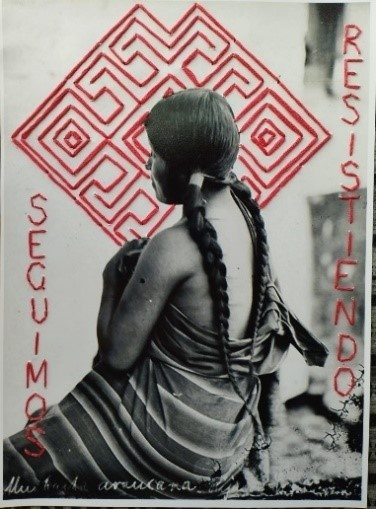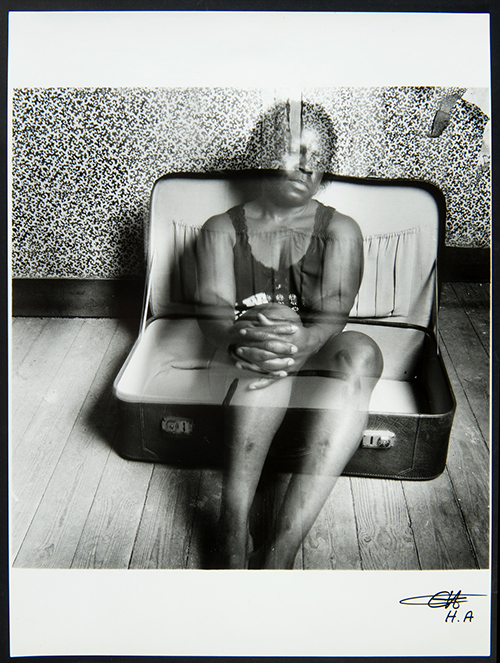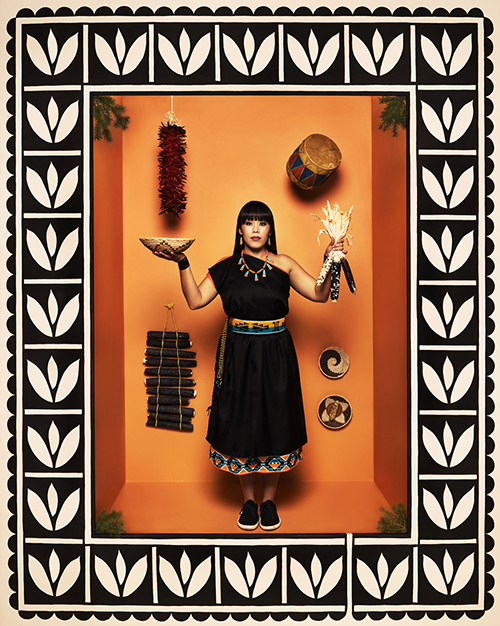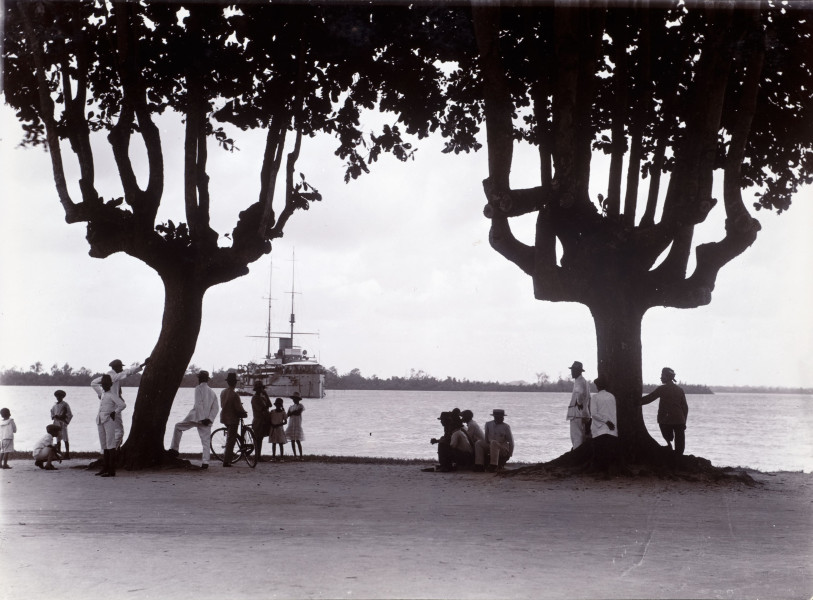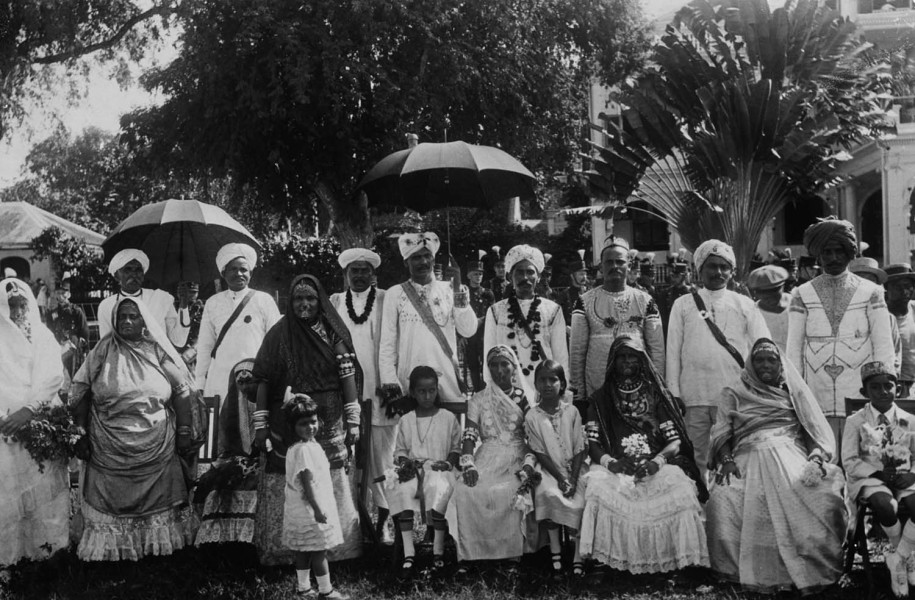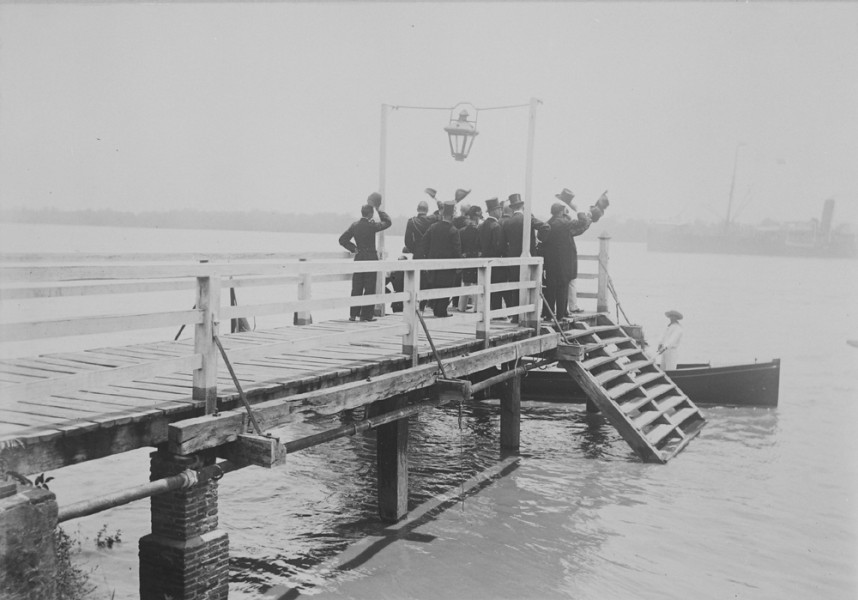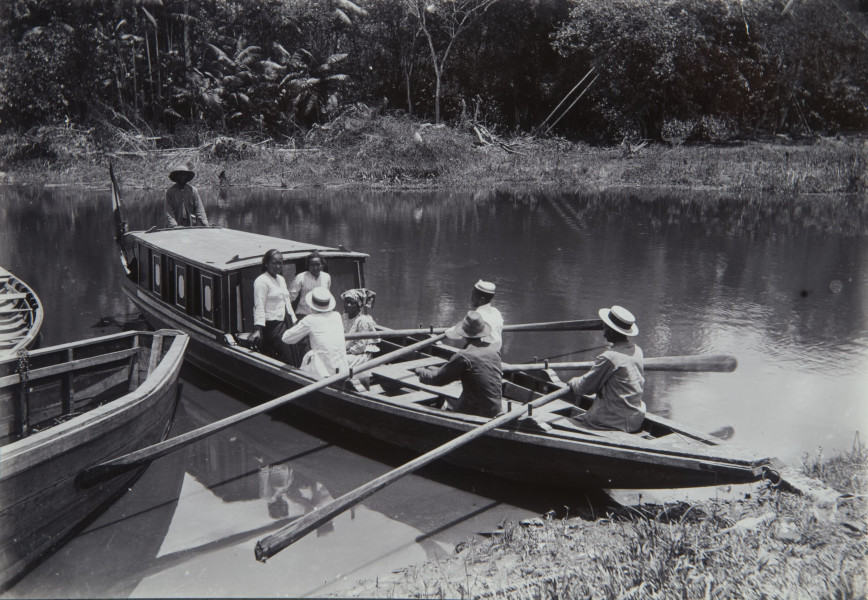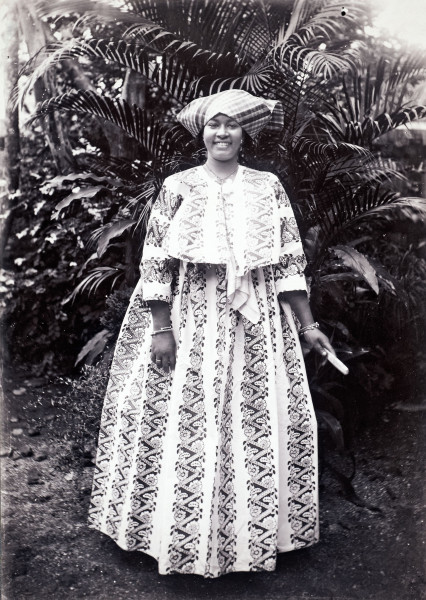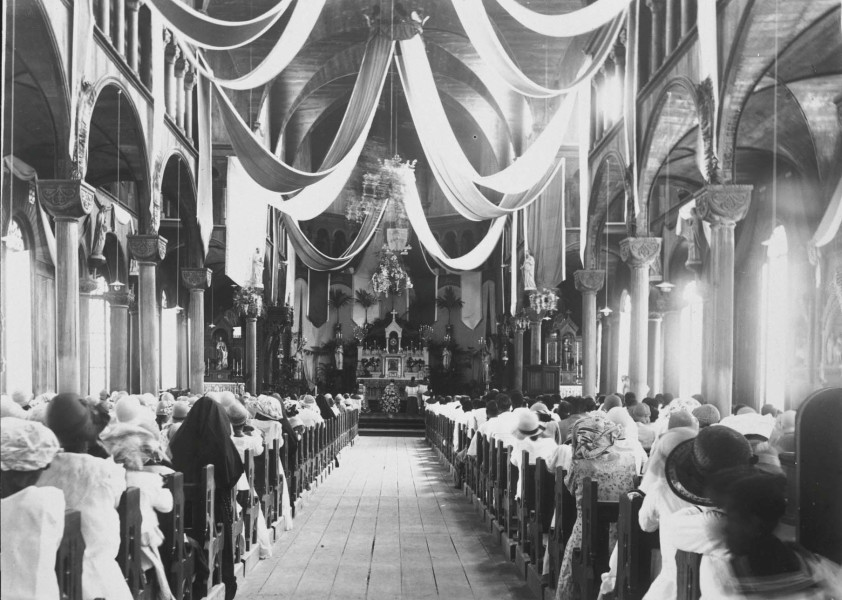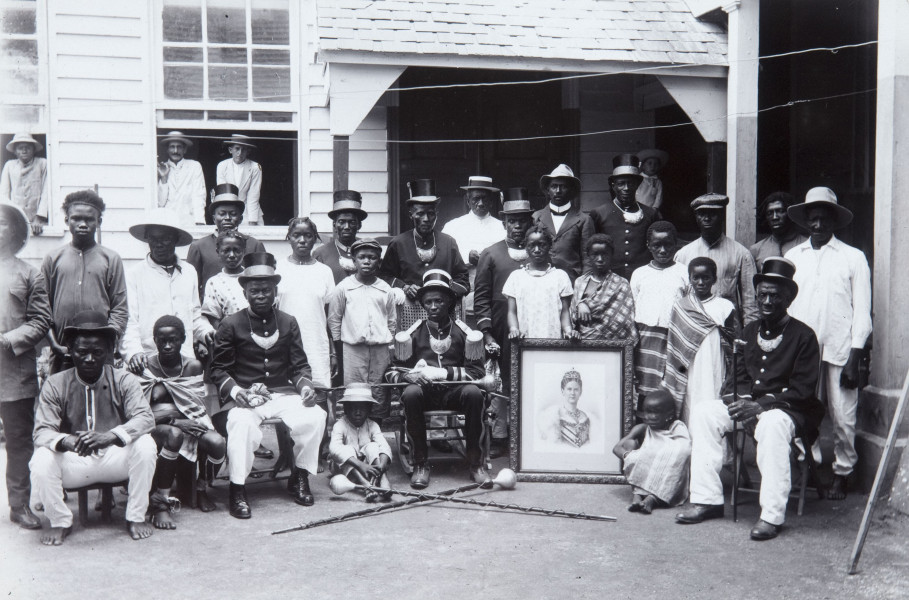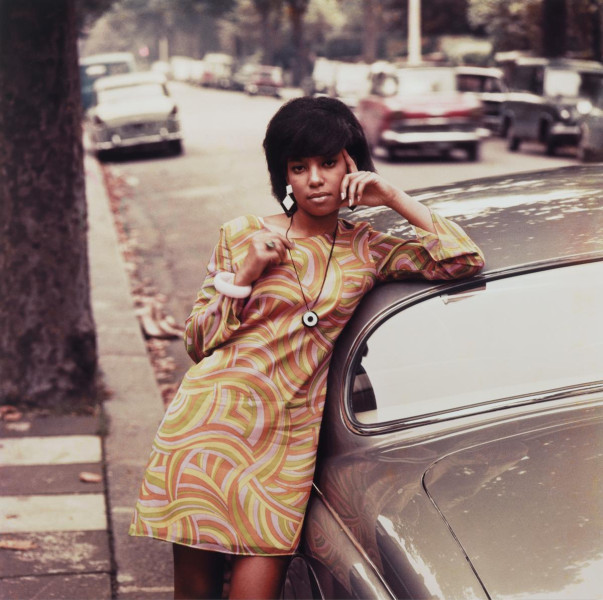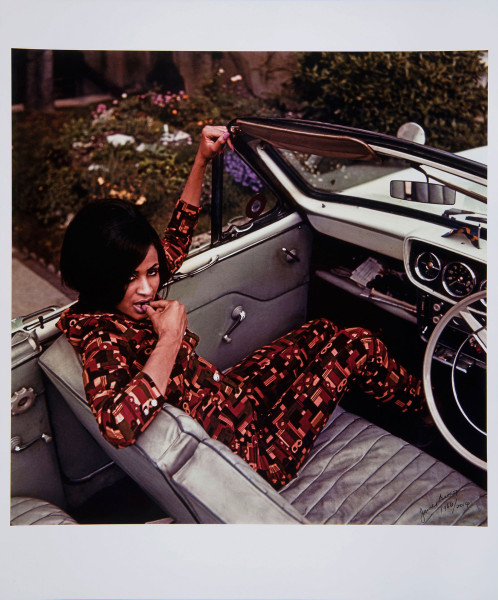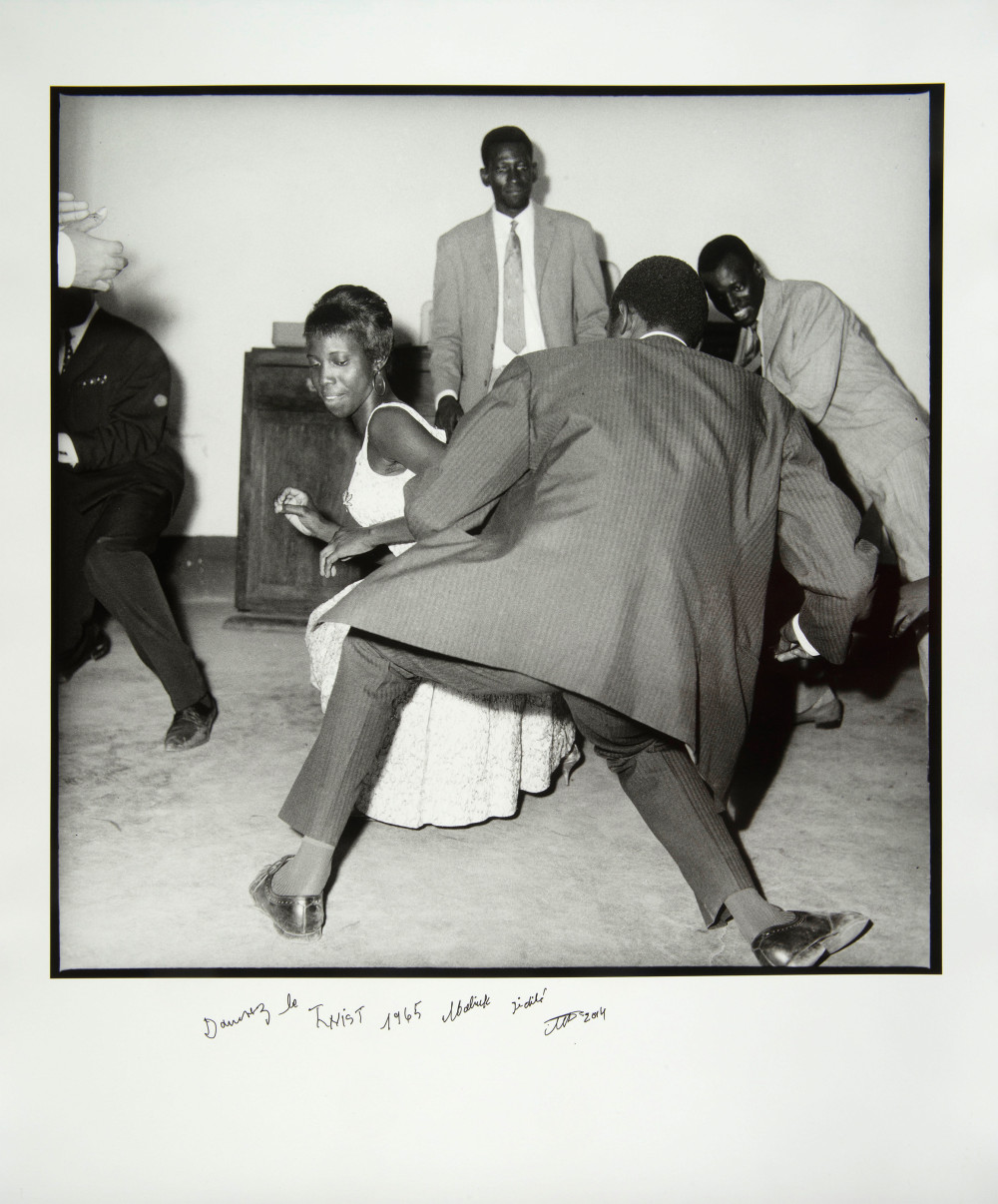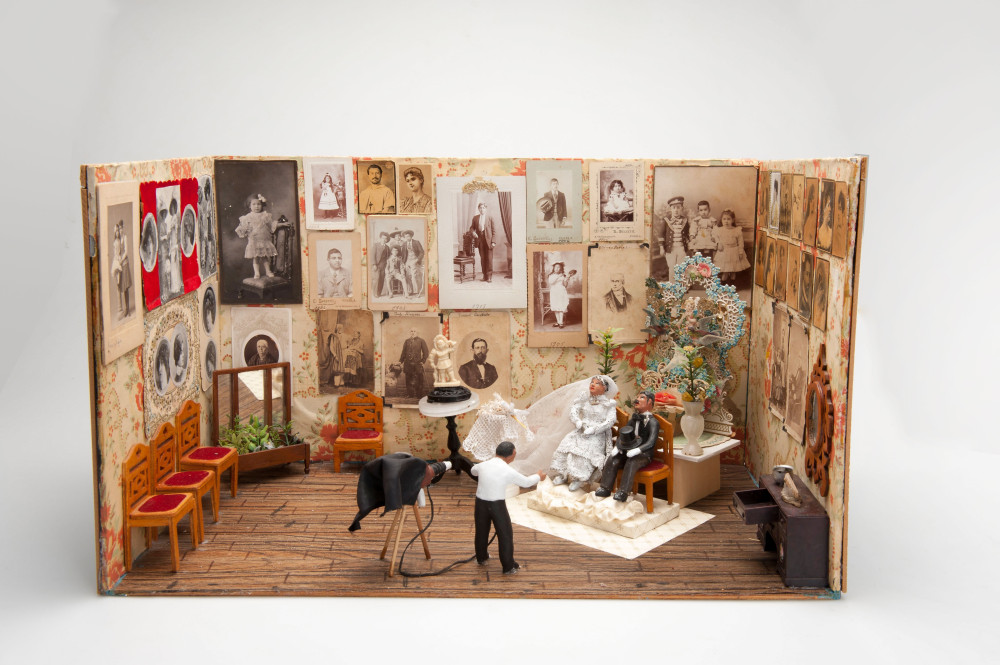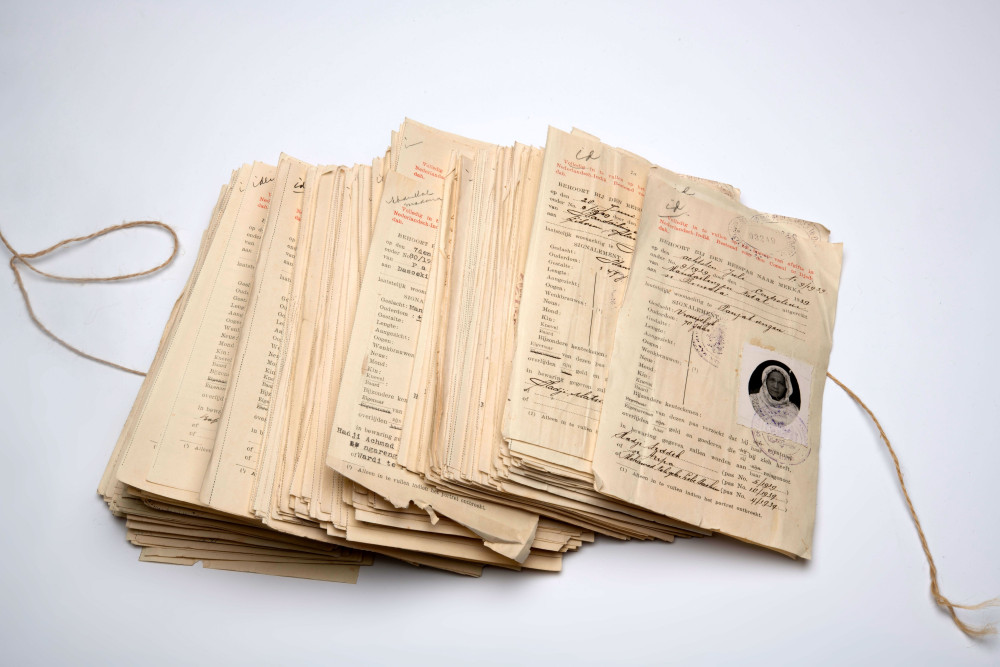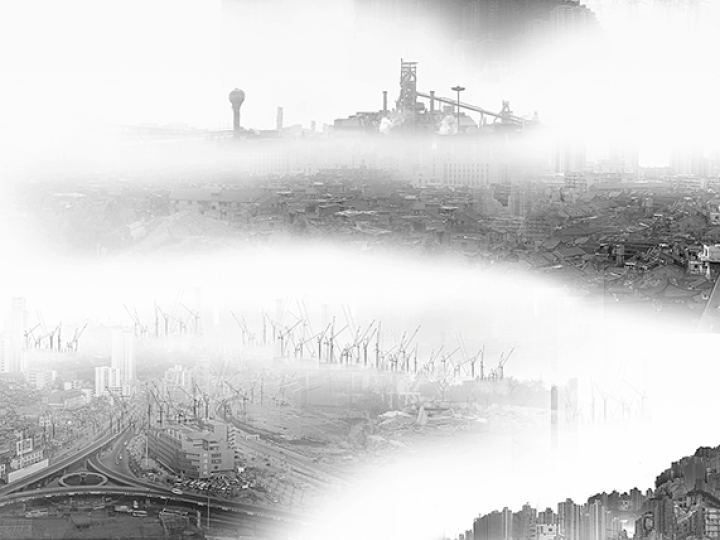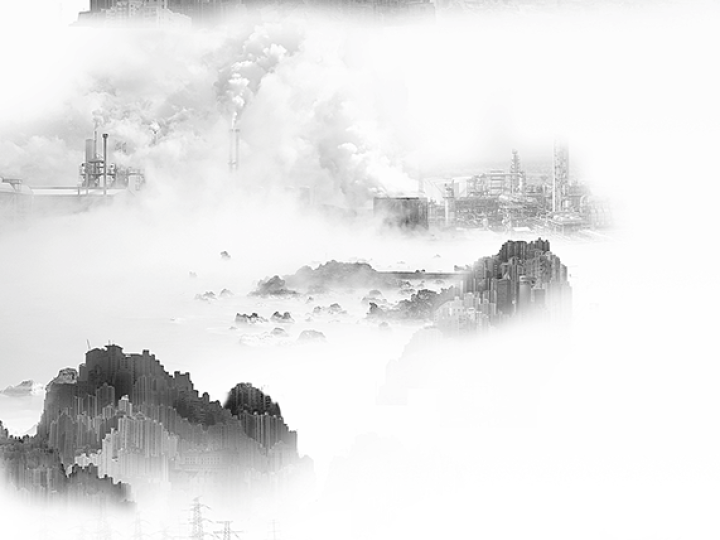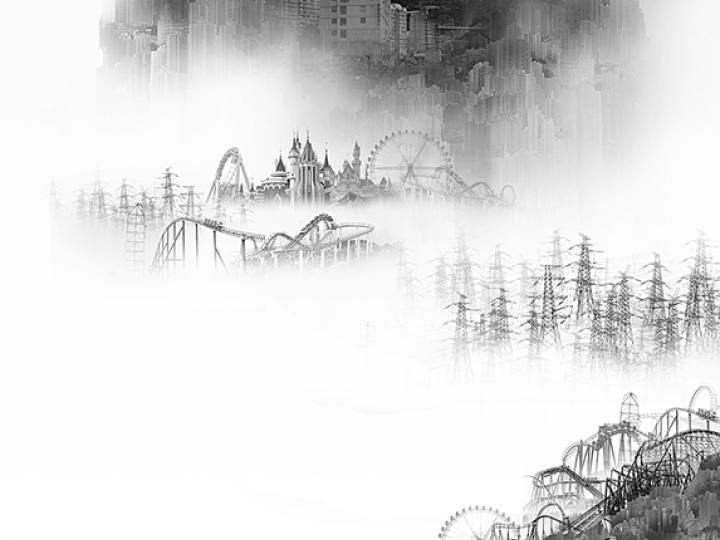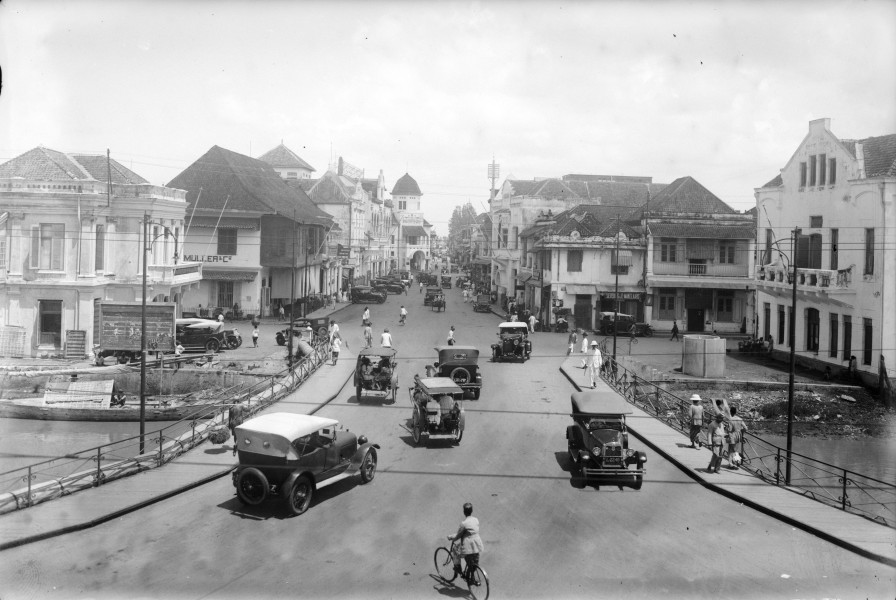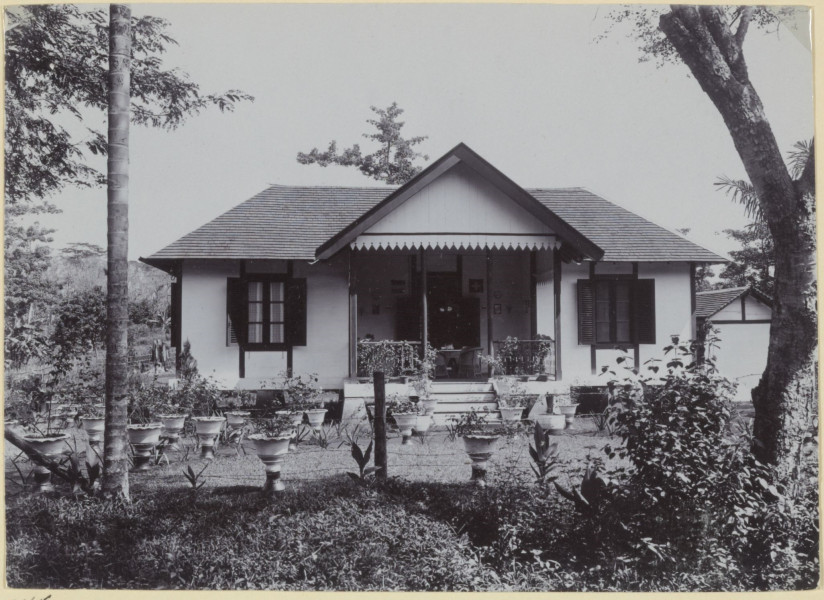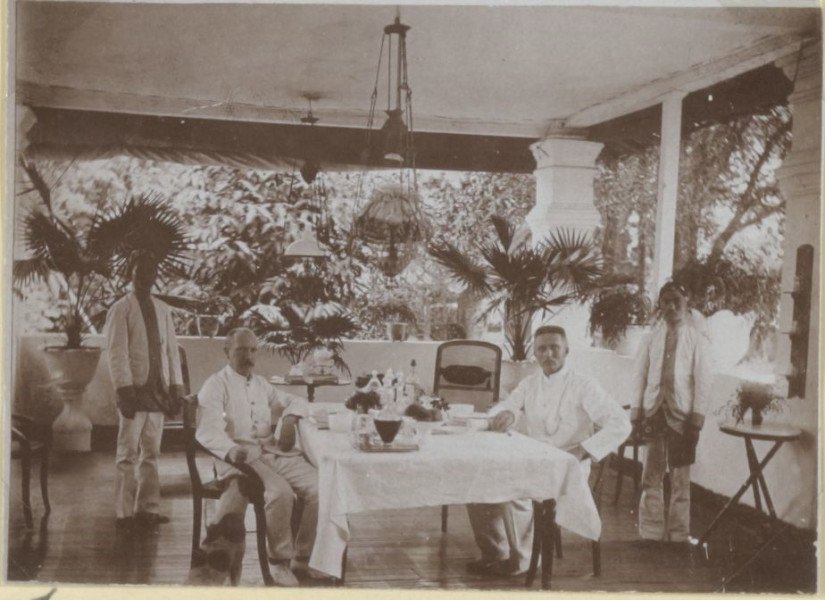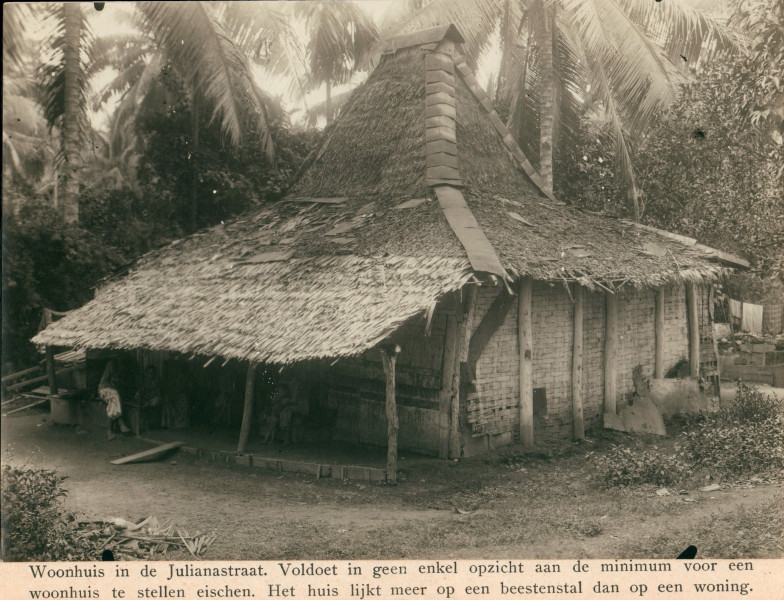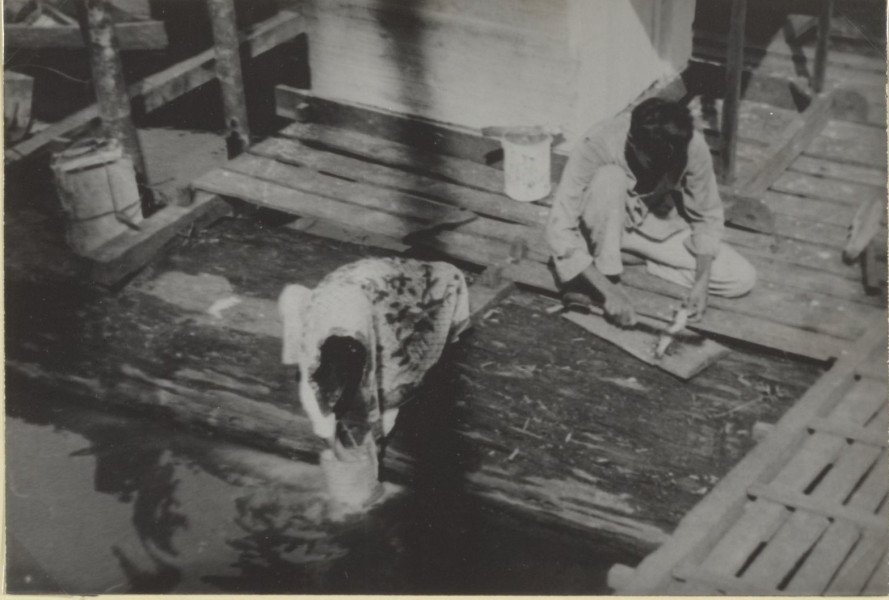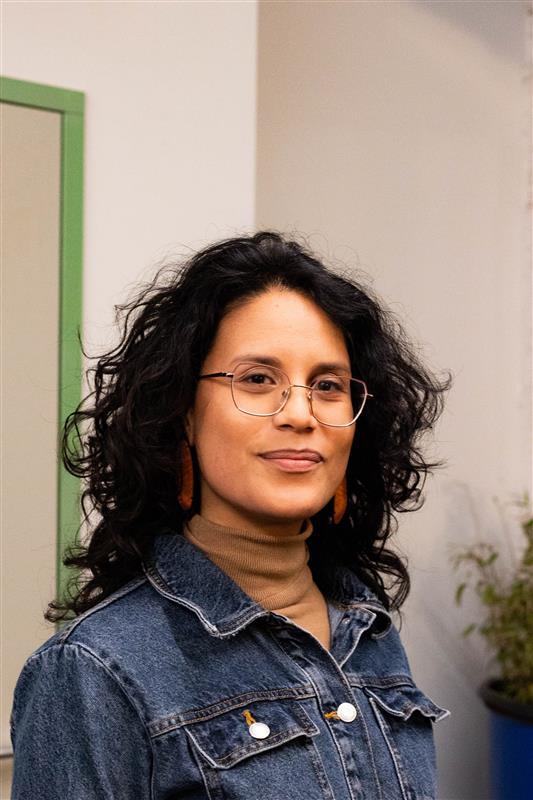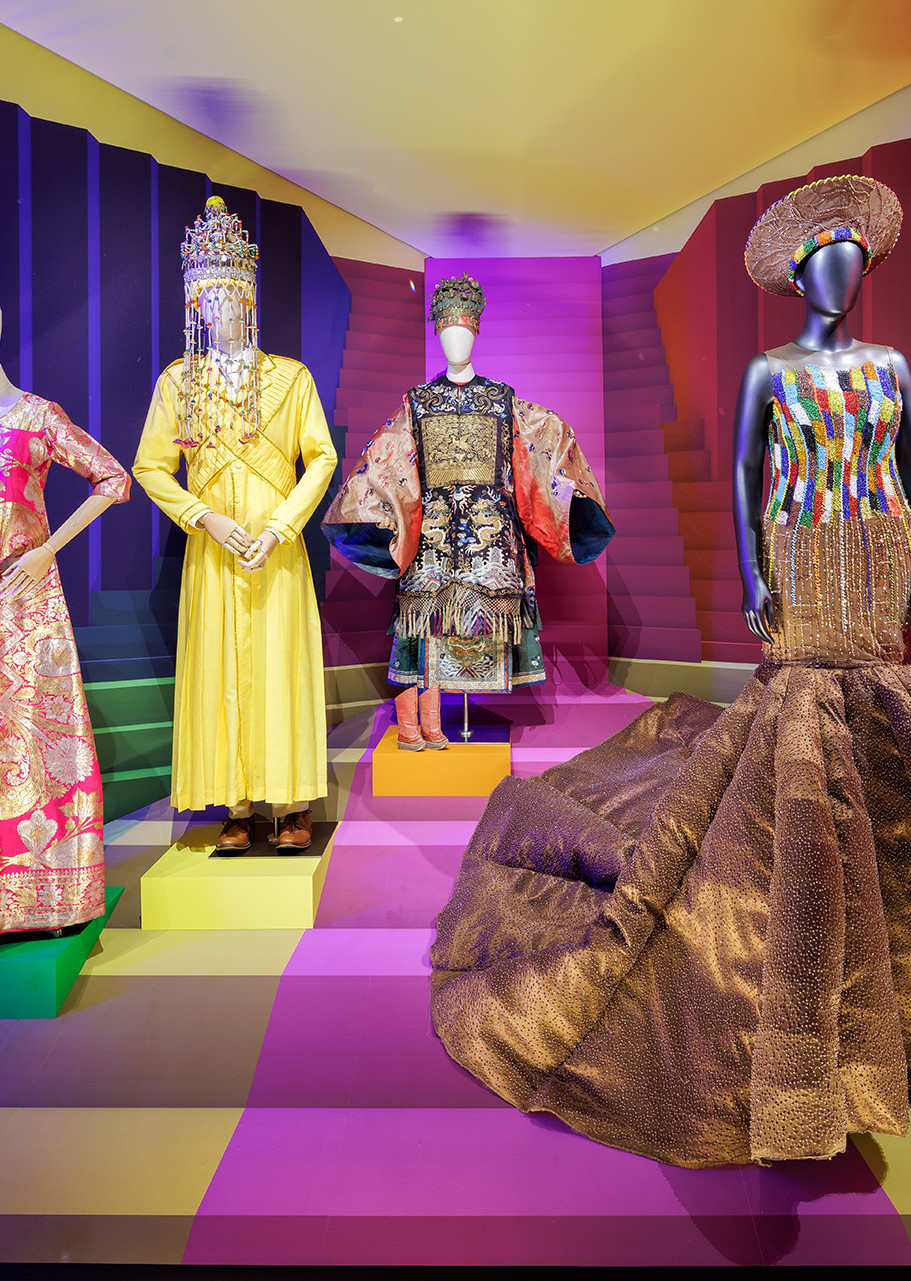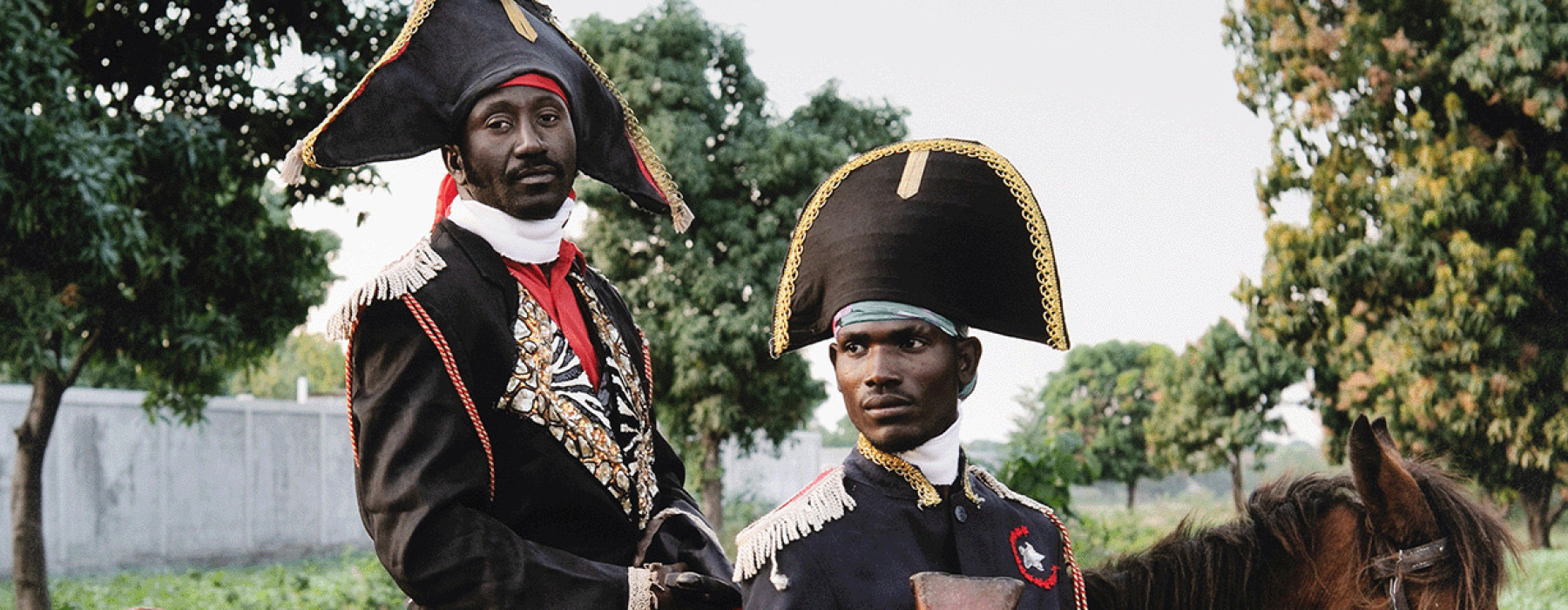
Congratulations Albert Stevanus, Boudie Rijkschroeff, Chris den Engelsman, Khalid Abdou, Monsieur Lafayette, Rosa van der Linden, Ruby Joemai, Sethi Djegane Gueye, Sing Dekker en Xaveer May!
Thank you for sharing your perspective on global citizenship with us. We were moved by the stories behind the lens. View their images and stories here.
Photo contest (closed)
Being a global citizen: what does that mean to you?
Show it in a touching image. It could be anything: a captured moment of genuine connection between people, an expression of solidarity, or a photo celebrating joy and freedom. For Wereldmuseum, global citizenship means being curious about the world around you, being open to different perspectives, and approaching others with an open mind and empathy.
Interpret global citizenship in your own way, share your photo, and you could win a digital publication on our online channels and two tickets to the Wereldmuseum.
How to participate?
Anyone can participate! Please review the terms and conditions here. By participating, you agree to these terms and conditions.
- Share your photo in a .jpg or .png file format with the highest possible resolution.
- Give your photo a title and a brief description (max. 100 words). Include your name and optional social media handles.
- Send your photo in before August 12, 2025 with the subject line “World Photo Day Submission.”
The ten winners will be announced on World Photo Day, August 19, 2025. This will be done personally via email and on the Wereldmuseum's online channels.
